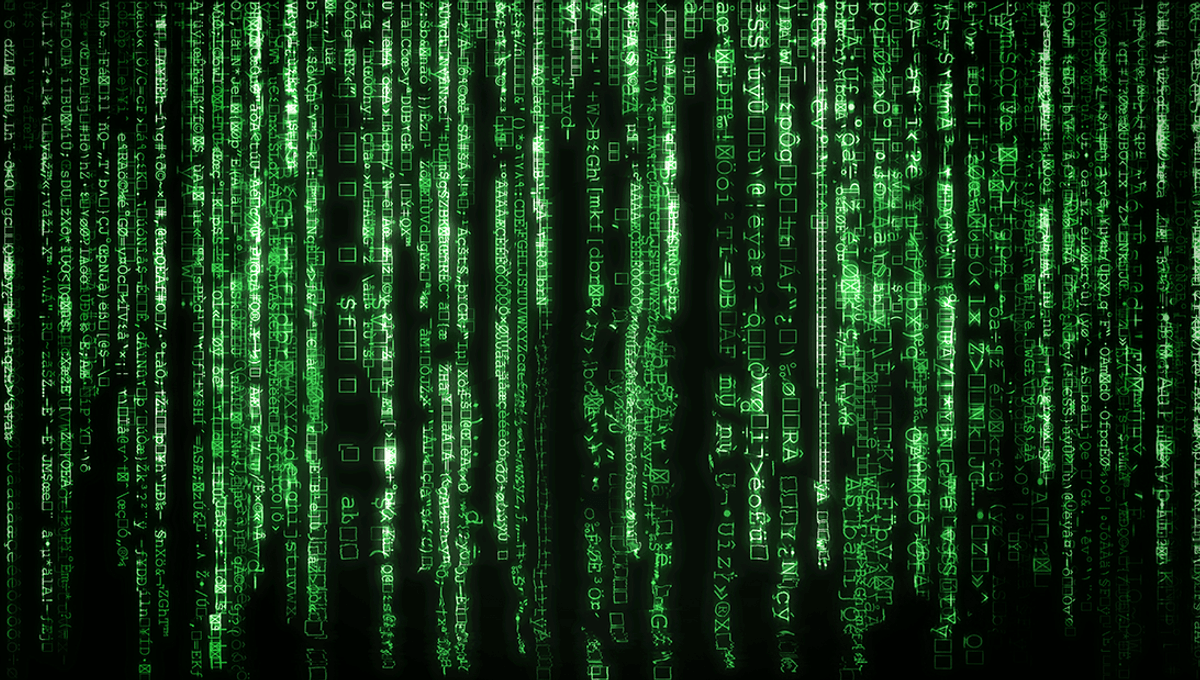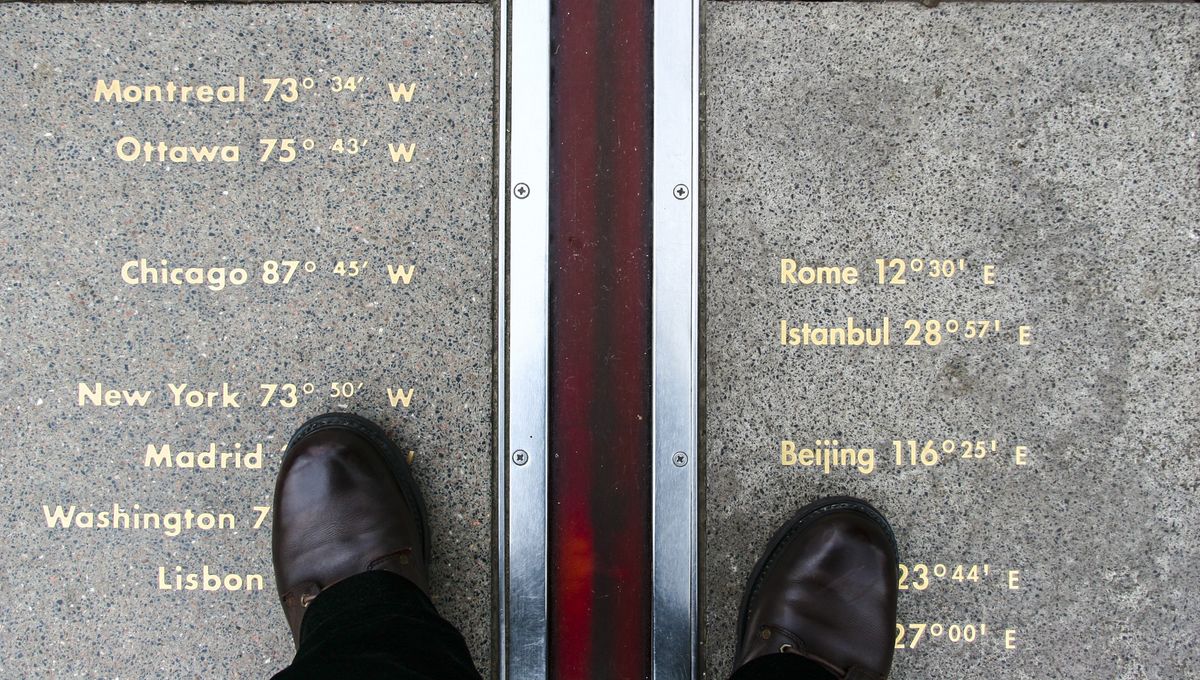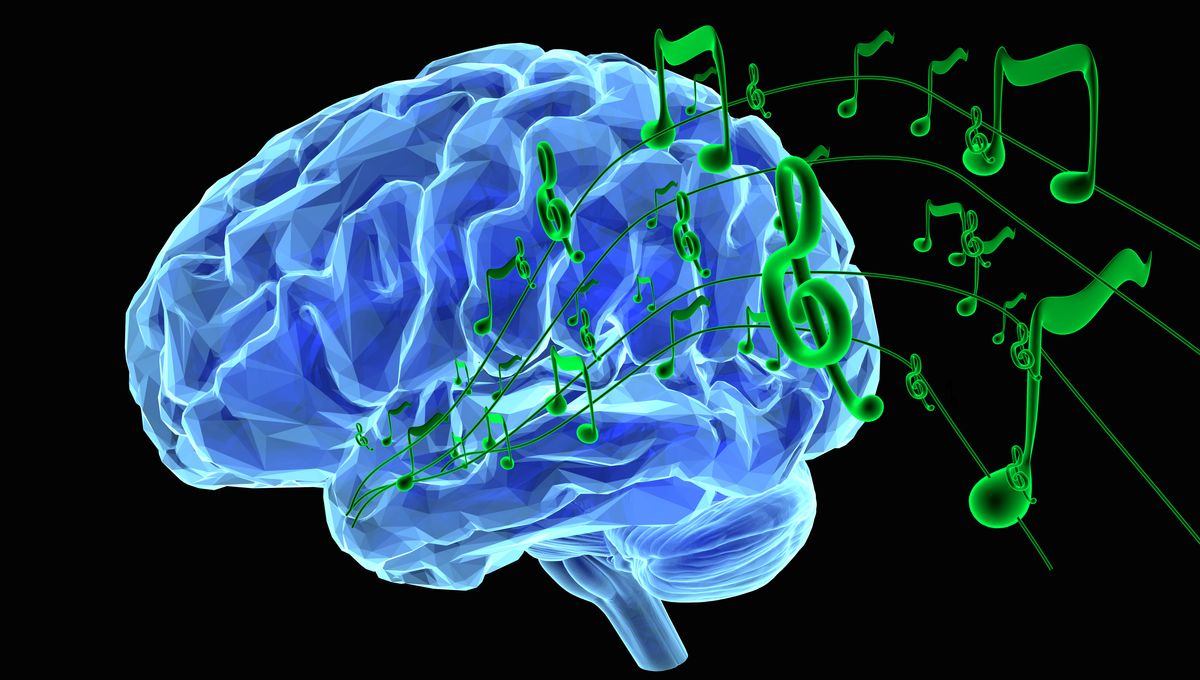Step into the mind-bending world of The Matrix, the 1999 blockbuster that posed a timeless question: Is our reality truly real?
In this iconic film series, humanity is enslaved by intelligent robots who use humans as a power source, a concept that has been criticized for its inefficiency. To keep the humans under control, they are plugged into a simulated reality known as the Matrix, which mimics life in the late 1990s. While most remain oblivious to this deception, a few individuals sense that something is amiss and manage to break free.
While this sci-fi premise is entertaining, it raises a thought-provoking idea that has captivated the minds of philosophers and visionaries like Elon Musk: Could we be living in a simulated reality? Musk, though not an expert on the subject, believes that the chances of us existing in the “base reality” are incredibly slim, estimating them to be billions to one.
One influential concept, introduced by Swedish philosopher Nick Bostrom in his 2003 paper “Are you living in a computer simulation?”, is known as the simulation hypothesis.
With the immense energy and computational power available to future generations, it is highly likely that they will be curious enough to run “ancestor simulations” using a fraction of their computing capabilities.
Ancestor simulations propose that our descendants will have the ability to simulate our ancestors and grant these simulations a form of artificial consciousness. If this has already occurred, it would mean that the majority of people are simulations created by advanced descendants, making it more rational to assume that you are a simulation rather than an original biological human.
In his paper, Bostrom presents three possible scenarios, of which only one can be true:
1) The fraction of civilizations reaching a stage where they can run simulations is close to zero.
This scenario suggests that we are likely to face extinction before we develop the necessary computing capabilities.
2) The fraction of posthuman civilizations interested in running ancestor simulations is close to zero.
In this scenario, our species undergoes significant changes, losing interest in running simulations, or access to the power required to create them is restricted.
3) The fraction of people with experiences similar to ours living in a simulation is close to one.
If the first two scenarios are false, then the third option remains: our species will eventually develop the technology to create countless ancestor simulations. These simulations may even create their own simulations, leading to an overwhelming majority of “people” living in a simulated reality without their knowledge.
What are the odds of living in a simulation?
Without concrete evidence that we are living in a simulation (which our simulators could easily conceal), answering this question is challenging and has been criticized for lacking scientific basis. However, some have attempted to calculate the odds by considering the feasibility of such computations and the likelihood of human progress.
One astronomer used Bayesian analysis to estimate the odds, taking into account factors like diminishing computing power in lower layers of simulation. The result? Roughly 50/50 odds that we are living in a simulation.
As we approach the ability to simulate our ancestors, the likelihood of running such simulations increases, making it more probable that a simulator has already done so.
“The day we invent that technology, it flips the odds from a little bit better than 50–50 that we are real to almost certainly we are not real, according to these calculations,” said Columbia University astronomer David Kipping.
Can we find out?
While evidence pointing to our reality being genuine exists, there are those who seek to test the simulation hypothesis. In 2017, a team proposed a variation of the double-slit test to determine when reality is being rendered. Another computer scientist went even further, suggesting methods of escape.
One approach involves crashing the simulation by introducing a paradox that it cannot resolve, such as killing your own grandfather. However, this would require simulated time travel, a concept that may need further exploration. Another method involves overwhelming the system’s resources by running simulations within simulations until it grinds to a halt.
In his paper, the computer scientist concludes that the most sensible course of action for survival, rather than simply rebooting the simulation, would be to attract the attention of the creator and persuade them to allow us into the real world. Additionally, searching for glitches in the universe could provide opportunities for exploitation.
However, if we were to discover that we are indeed living in a simulation, it might be wise to keep this knowledge to ourselves, as our creators could potentially decide to terminate us.








